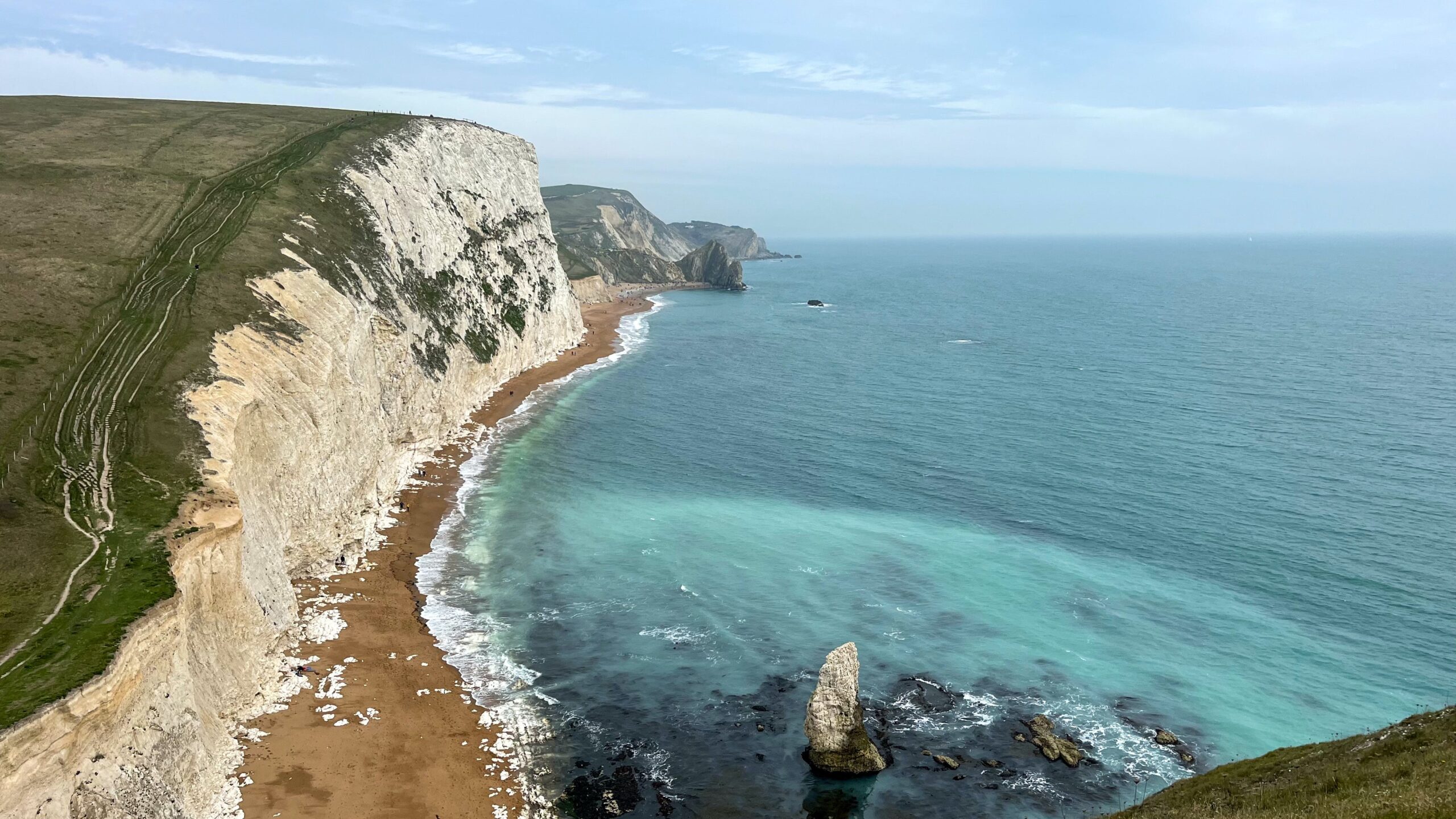Introduction: Exploring Dorset’s Diverse Avian Population
Dorset, located on the south coast of England, is a haven for bird enthusiasts. With its diverse landscapes, ranging from coastal cliffs to countryside, this county offers a rich variety of habitats for birds to thrive. From majestic seabirds soaring along the cliffs to delicate songbirds hidden in the woodlands, Dorset is a paradise for birdwatchers. In this comprehensive guide, we will delve into the different habitats and bird species that can be found in Dorset, highlighting the unique characteristics and conservation efforts associated with each.
Coastal Delights: Discovering Seabirds Along Dorset’s Cliffs
Dorset’s coastal cliffs are home to a plethora of seabirds, making it an ideal destination for birdwatchers. The towering cliffs provide nesting sites for species such as guillemots, razorbills, and fulmars. These birds can be observed perched on the ledges, their distinctive calls echoing through the air. The cliffs also attract large colonies of gulls, including herring gulls and lesser black-backed gulls. These birds can be seen soaring above the waves, their graceful flight patterns mesmerizing to behold.
One of the most iconic seabirds found along Dorset’s cliffs is the puffin. These charismatic birds, with their colourful beaks and comical appearance, nest in burrows on the cliffs during the breeding season. The best time to spot puffins in Dorset is between April and July, when they return to the cliffs after spending the winter at sea. Their presence adds a touch of charm and excitement to any birdwatching expedition.
Wetland Wonders: Unveiling the Rich Birdlife of Dorset’s Marshes
Dorset’s marshes and wetlands are teeming with birdlife, offering a unique opportunity to observe a wide range of species. The RSPB Arne Nature Reserve, located on the shores of Poole Harbour, is a prime example of a wetland habitat in Dorset. Here, visitors can witness the mesmerizing courtship displays of avocets, elegant wading birds with distinctive upturned bills. The reserve is also home to spoonbills, which can be seen sweeping their bills from side to side as they feed in the shallow waters.
Another notable wetland area in Dorset is the Radipole Lake Nature Reserve in Weymouth. This reserve attracts a variety of waterfowl, including tufted ducks, teal, and wigeons. The reed beds provide a sanctuary for reed warblers and sedge warblers, their melodious songs filling the air during the breeding season. These wetland habitats are crucial for both resident and migratory bird species, providing them with food, shelter, and breeding grounds.
Woodland Treasures: A Journey Through Dorset’s Forests and Birdsong
Dorset’s woodlands are a treasure trove of bird species, offering a tranquil setting for birdwatchers to immerse themselves in nature. The ancient woodlands of Dorset, such as Thorncombe Wood and Puddletown Forest, are home to a variety of woodland birds. The melodious songs of blackbirds and song thrushes can be heard echoing through the trees, while the elusive nightingale enchants with its enchanting nocturnal serenades.
One of the most sought-after woodland birds in Dorset is the Dartford warbler. This small, elusive bird with its distinctive red eye stripe and melodious song can be found in heathland areas within the woodlands. The RSPB’s Arne Nature Reserve is a great place to spot these rare birds, as well as other woodland species such as woodlarks and tree pipits. Exploring Dorset’s woodlands is a sensory experience, with the scent of wildflowers and the rustling of leaves accompanying the symphony of birdsong.
Countryside Charm: Exploring Dorset’s Rural Areas and Their Feathered Inhabitants
Dorset’s countryside is a patchwork of fields, hedgerows, and meadows, providing a diverse range of habitats for birds. The open farmland attracts species such as skylarks, yellowhammers, and corn buntings. These birds can be seen perched on fence posts or soaring high above the fields, their vibrant plumage contrasting against the green landscape.
Hedgerows, a defining feature of Dorset’s countryside, provide nesting sites and food sources for many bird species. The chirping of house sparrows and the cheerful trill of yellowhammers can be heard emanating from these natural corridors. The RSPB’s Lytchett Fields Nature Reserve is a great place to observe the birdlife associated with Dorset’s countryside, with its mix of wet grassland and hedgerows attracting a variety of species.
Conservation Efforts: Protecting Dorset’s Birdlife for Future Generations
The diverse birdlife of Dorset is not only a source of wonder and enjoyment but also a reminder of the importance of conservation efforts. Several organizations, such as the RSPB and Dorset Wildlife Trust, are actively involved in protecting and preserving the county’s bird habitats. Through habitat restoration, monitoring programs, and public engagement, these organizations strive to ensure that future generations can continue to enjoy the rich avian diversity that Dorset has to offer.
According to the RSPB, the population of some bird species in Dorset has declined in recent years due to habitat loss and climate change. For example, the breeding population of the Dartford warbler, a heathland specialist, has decreased by 30% in the past decade. These statistics highlight the need for continued conservation efforts to safeguard the county’s birdlife.
In conclusion, Dorset’s birdlife is a testament to the county’s diverse landscapes and rich biodiversity. From the majestic seabirds along the coastal cliffs to the delicate songbirds hidden in the woodlands, Dorset offers a wealth of birdwatching opportunities. By exploring the different habitats and species that can be found in Dorset, we can gain a deeper appreciation for the natural wonders that surround us and the importance of protecting them for future generations.

